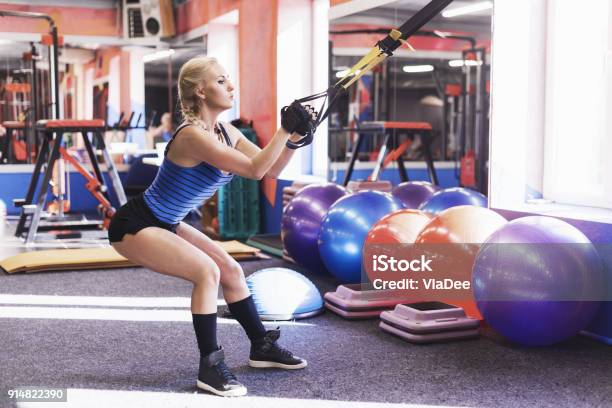Resistance bands have become increasingly popular in recent years as a versatile and convenient tool for fitness enthusiasts in the UK. Whether you’re looking to build muscle, improve your flexibility, or rehabilitate from an injury, resistance bands offer a wide range of benefits. In this blog, we will explore the world of resistance bands and how you can incorporate them into your fitness routine, right here in the UK.
The Benefits of Resistance Bands
- Versatility: Resistance bands come in various levels of resistance, allowing you to tailor your workouts to your specific fitness level. Whether you’re a beginner or an advanced athlete, there’s a resistance band for you.
- Portability: Resistance bands are lightweight and easy to carry, making them perfect for on-the-go workouts. Whether you’re at home, in a gym, or even outdoors, these bands are your perfect travel companions.
- Full-Body Workout: With resistance bands, you can target every major muscle group in your body. From legs and glutes to arms, chest, and back, there are exercises that can challenge and tone your entire physique.
- Joint-Friendly: Unlike heavyweights, resistance bands provide a controlled form of resistance that is easy on your joints. This makes them an excellent choice for those recovering from injuries or dealing with joint problems.
- Affordable: Resistance bands are cost-effective and provide a lot of value for your money. You can build an extensive collection of bands without breaking the bank.
Types of Resistance Bands
In the UK, you can find a variety of resistance bands, each with its own unique features:
- Loop Bands: These are continuous loops that are commonly used for lower body exercises, such as squats and lunges.
- Tube Bands with Handles: These bands come with handles and are versatile for both upper and lower body exercises. The handles offer a comfortable grip.
- Flat Bands: These flat, strip-like bands are often used for physical therapy and stretching exercises. They are great for targeting specific muscles and enhancing flexibility.
- Fabric Bands: Fabric resistance bands are non-slip and comfortable against the skin. They’re perfect for exercises where you need the band to stay in place.
How to Use Resistance Bands
Here are some examples of how to incorporate resistance bands into your fitness routine:
- Lower Body: For squats, place a loop band just above your knees. As you squat, you’ll feel the resistance working your glutes and thighs.
- Upper Body: Attach tube bands to a stable surface and perform chest presses, rows, and shoulder exercises.
- Core: Perform various core exercises like Russian twists or planks with a resistance band wrapped around your feet or anchored to a stable surface.
- Stretching: Use flat bands to assist in stretching exercises to improve flexibility and range of motion.
- Mobility and Rehabilitation: Resistance bands are excellent for rehabilitating injuries and improving joint mobility.
Where to Buy Resistance Bands in the UK
You can find resistance bands in a variety of places in the UK:
- Sporting Goods Stores: Retailers like Decathlon and Sports Direct offer a selection of resistance bands.
- Online Retailers: Websites like Amazon, eBay, and specialized fitness equipment stores have a wide range of options to choose from.
- Local Gyms and Fitness Centers: Some gyms and fitness centers sell resistance bands to their members.
Conclusion
Resistance bands are a fantastic addition to any fitness routine in the UK. They offer versatility, affordability, and convenience, making them an excellent choice for people of all fitness levels. Whether you’re looking to tone up, improve your flexibility, or recover from an injury, resistance bands have something to offer. So, why wait? Get yourself a set of resistance bands and start your journey to a healthier, fitter you today!



Leave a Reply